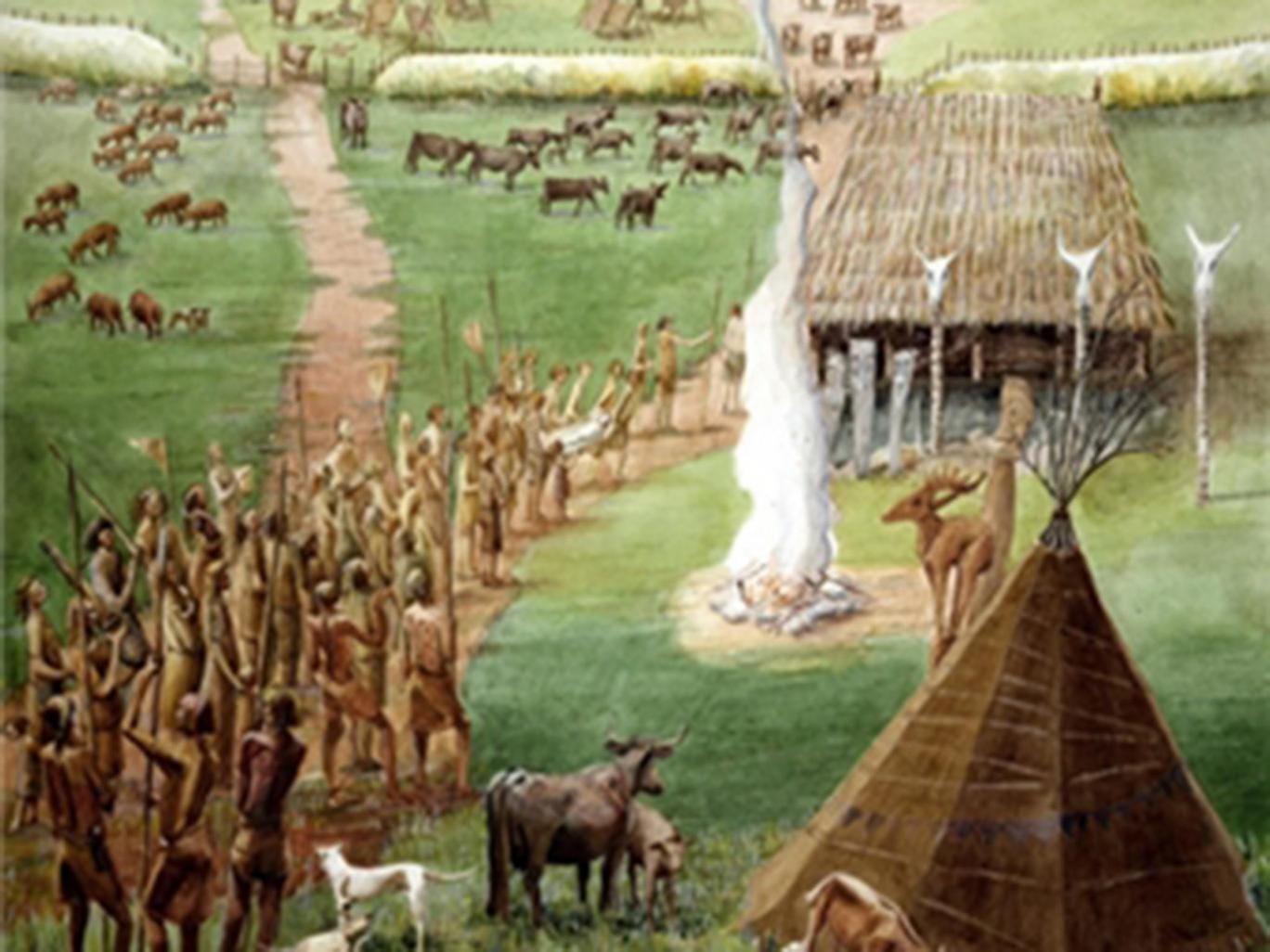Cissbury Ring is the largest hill fort in Sussex [Credit: National Trust]
A 5,000-year-old hill fort is being damaged by the "illicit use of metal detectors", police say. The damage to Cissbury Ring, on the South Downs near Worthing, is irreversible, Sussex Police said.
The use of metal detectors on scheduled monuments is prohibited without a licence.
PCSO Daryl Holter said: "Illicit metal detecting is a shady unscrupulous act, and deliberate damage to this site is irreversible."
He said the site was protected by the Ancient Monuments and Archaeological Areas Act 1979 and managed by the National Trust.






